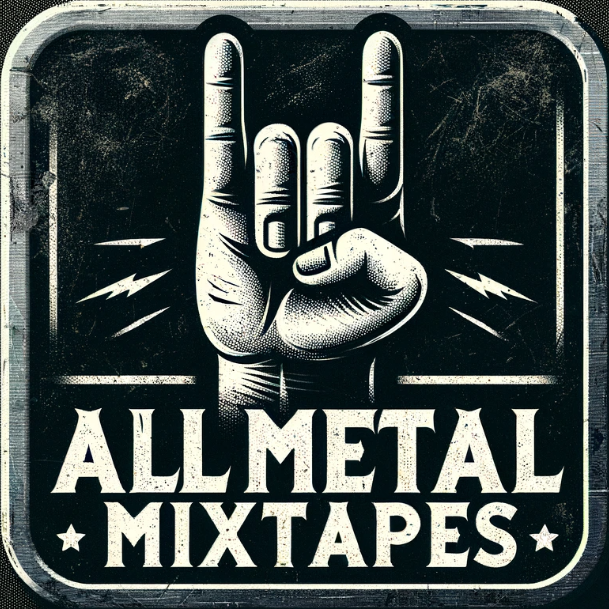Introduction
Metal music has fostered a rich and distinctive subculture that extends far beyond the music itself. This article delves into the unique aspects of the metal subculture, exploring the fashion, lifestyle, and the sense of identity that unites metal enthusiasts worldwide.
Fashion: More Than Just a Style
- Leather and Denim: The classic metal look often involves leather jackets, denim, and band t-shirts, symbolizing a blend of toughness and allegiance to the music.
- Studs and Spikes: Accessories with studs and spikes are popular, reflecting the genre’s edgy and rebellious spirit.
- Long Hair and Headbanging: Long hair, often associated with headbanging, is a prominent feature of metal fashion, symbolizing freedom and nonconformity.
Lifestyle: The Metal Way of Life
- Concerts and Festivals: Attending live shows is a central part of the metal lifestyle, where fans gather to experience the music’s raw power and communal energy.
- Collecting Memorabilia: Collecting albums, posters, and other band merchandise is common, reflecting a deep connection to the music.
- The DIY Ethic: Many metal fans embrace a DIY approach, creating their own zines, organizing local shows, or starting bands.
Community and Identity
- A Global Brotherhood: Despite its diverse subgenres, the metal community is often united by a sense of belonging and mutual respect for each other’s passion for the music.
- Inclusivity and Acceptance: While traditionally seen as male-dominated, the metal scene has grown more inclusive, embracing fans and musicians of all genders, ages, and backgrounds.
- Resilience Against Stereotypes: Metal fans often confront and defy stereotypes, demonstrating that the subculture is more complex and varied than outsiders might perceive.
Cultural and Artistic Expression
- Visual Art: Album covers, band logos, and concert posters in metal often feature intricate, dark, or fantastical imagery, contributing to the subculture’s visual identity.
- Literature and Mythology: Many metal fans are drawn to literature and mythology, with themes from these sources frequently appearing in metal lyrics and aesthetics.
Metal Subculture in the Digital Age
- Online Communities: The internet has enabled metal fans to connect globally, share music, and discuss their favorite bands, further strengthening the sense of community.
- Video Games and Movies: Metal music and its aesthetic have influenced various media, including video games and films, blending entertainment mediums with the subculture.
Challenges and Evolution
- Misconceptions and Media Portrayal: The metal subculture has often been misunderstood and misrepresented, leading to challenges in how it’s perceived by the broader public.
- The Future of Metal Subculture: As new generations discover metal, the subculture continues to evolve, integrating modern influences while retaining its core values.
Conclusion
The metal subculture is a vibrant and dynamic community, characterized by its unique fashion, inclusive community spirit, and a deep connection to the music. It’s a culture that goes beyond mere entertainment, providing its members with a sense of identity and belonging. As metal music continues to evolve, so too does its subculture, adapting to new trends while staying true to its roots in rebellion, creativity, and passion for heavy music.


Leave a Reply